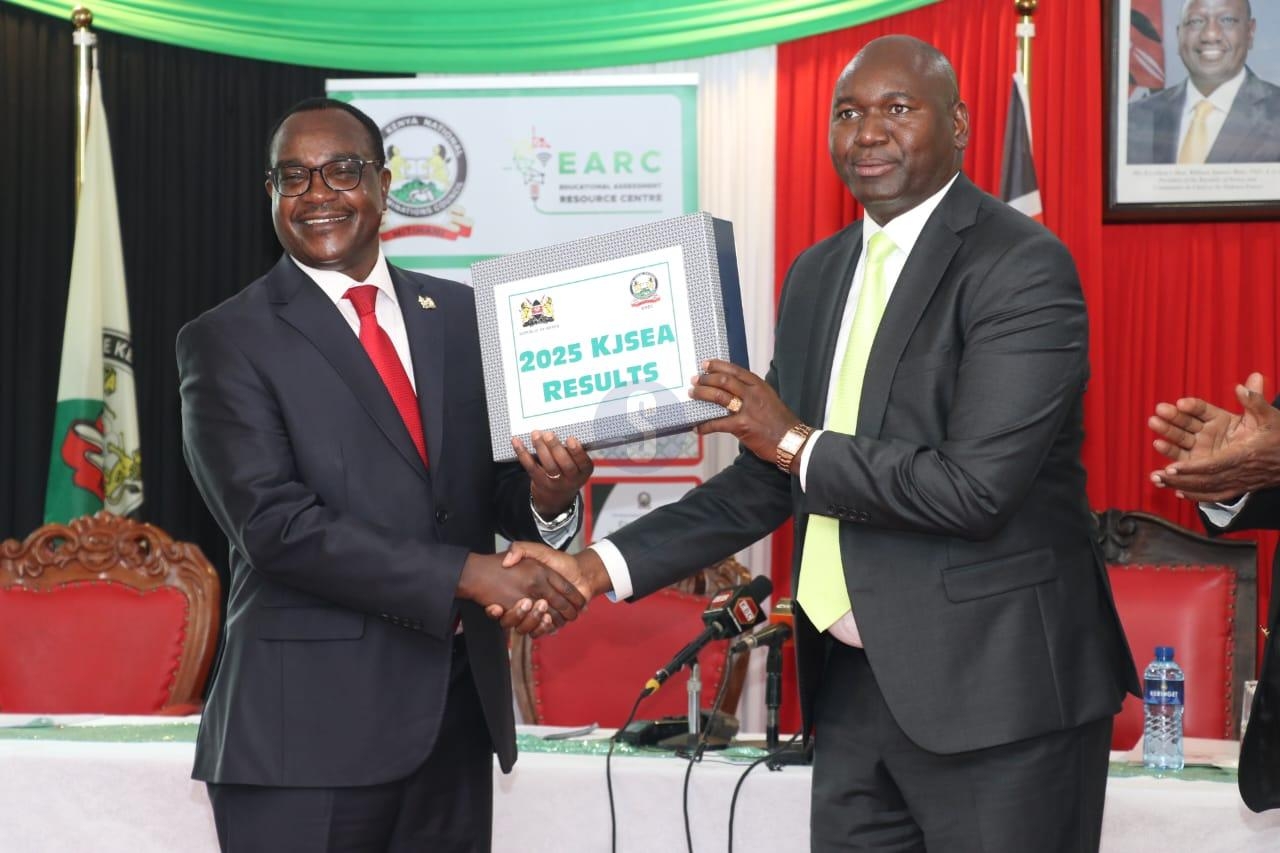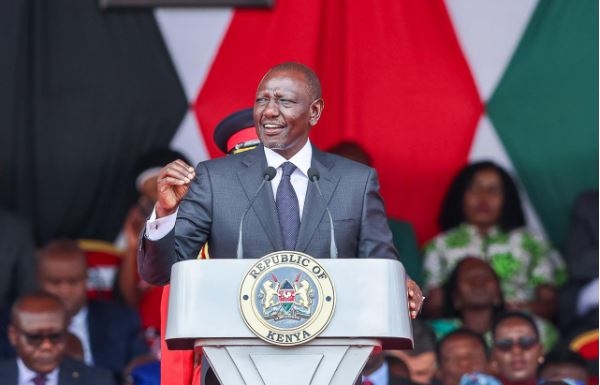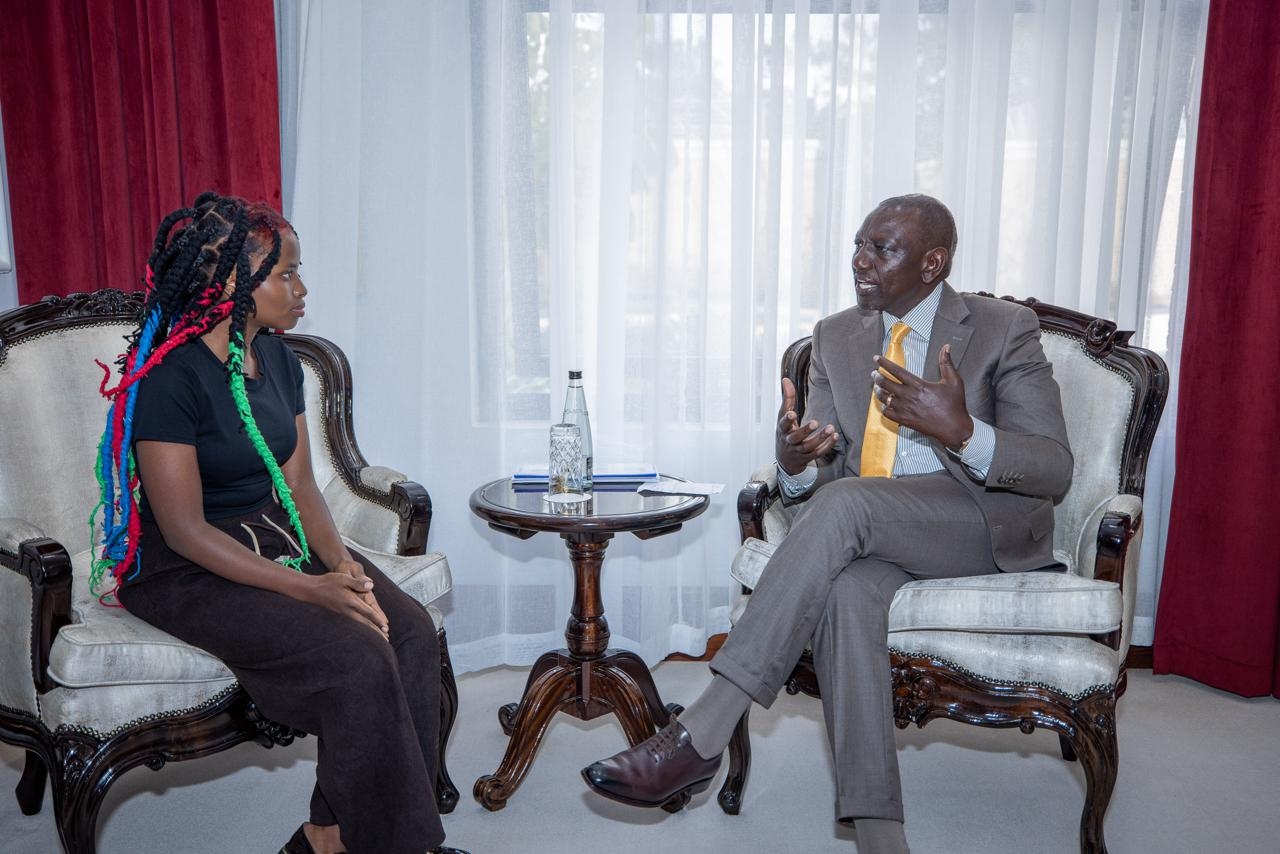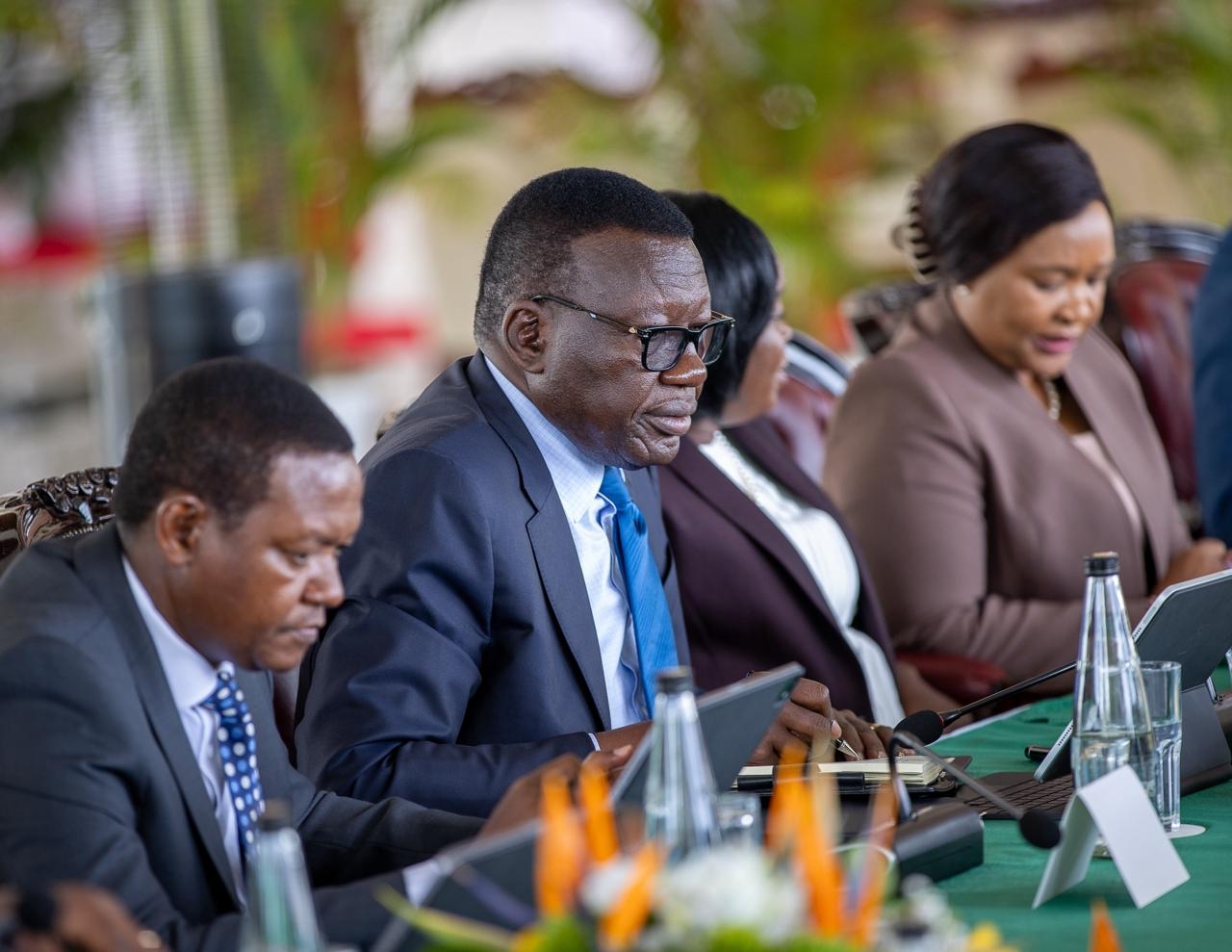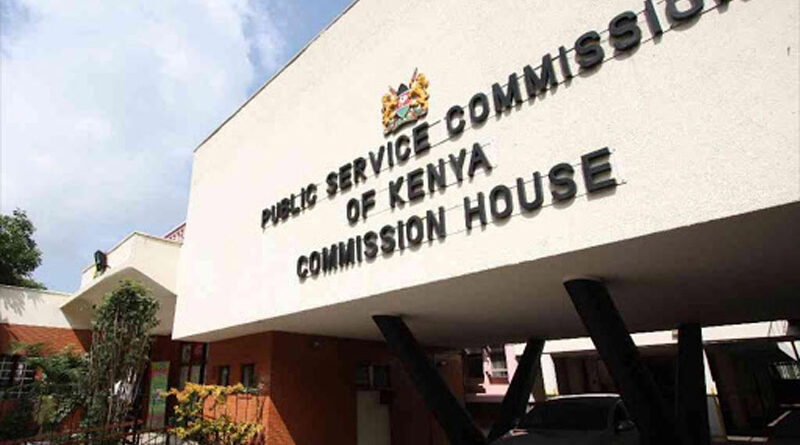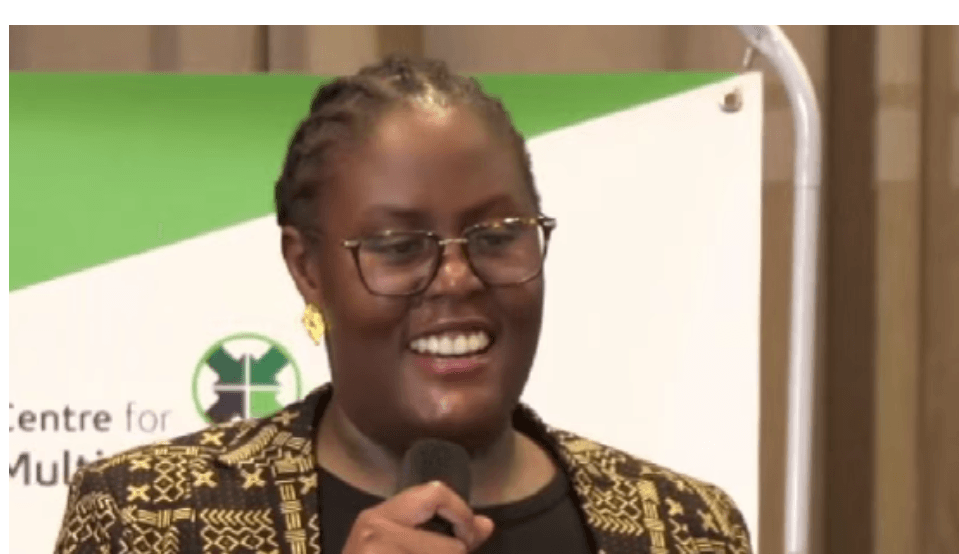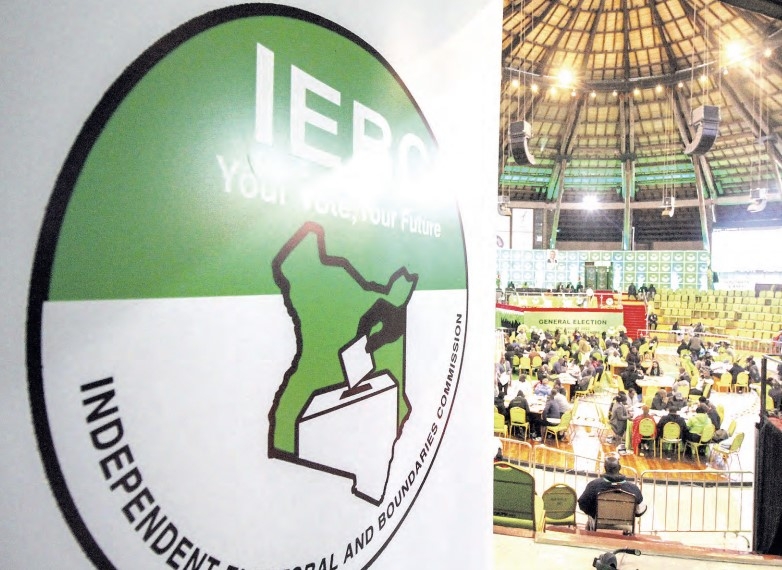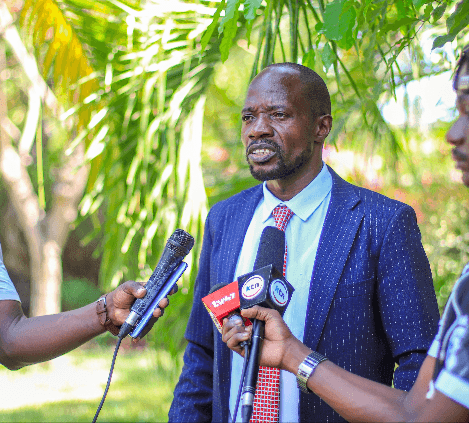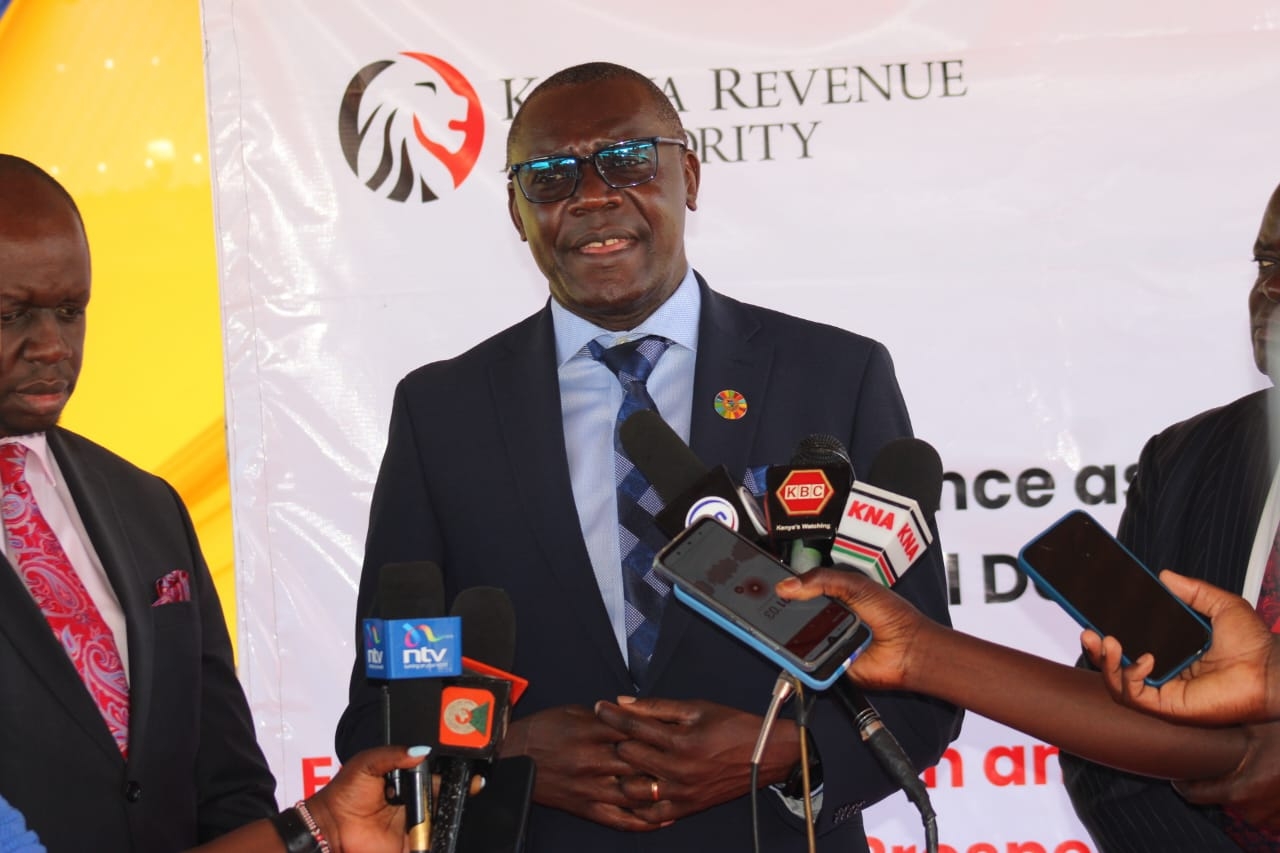
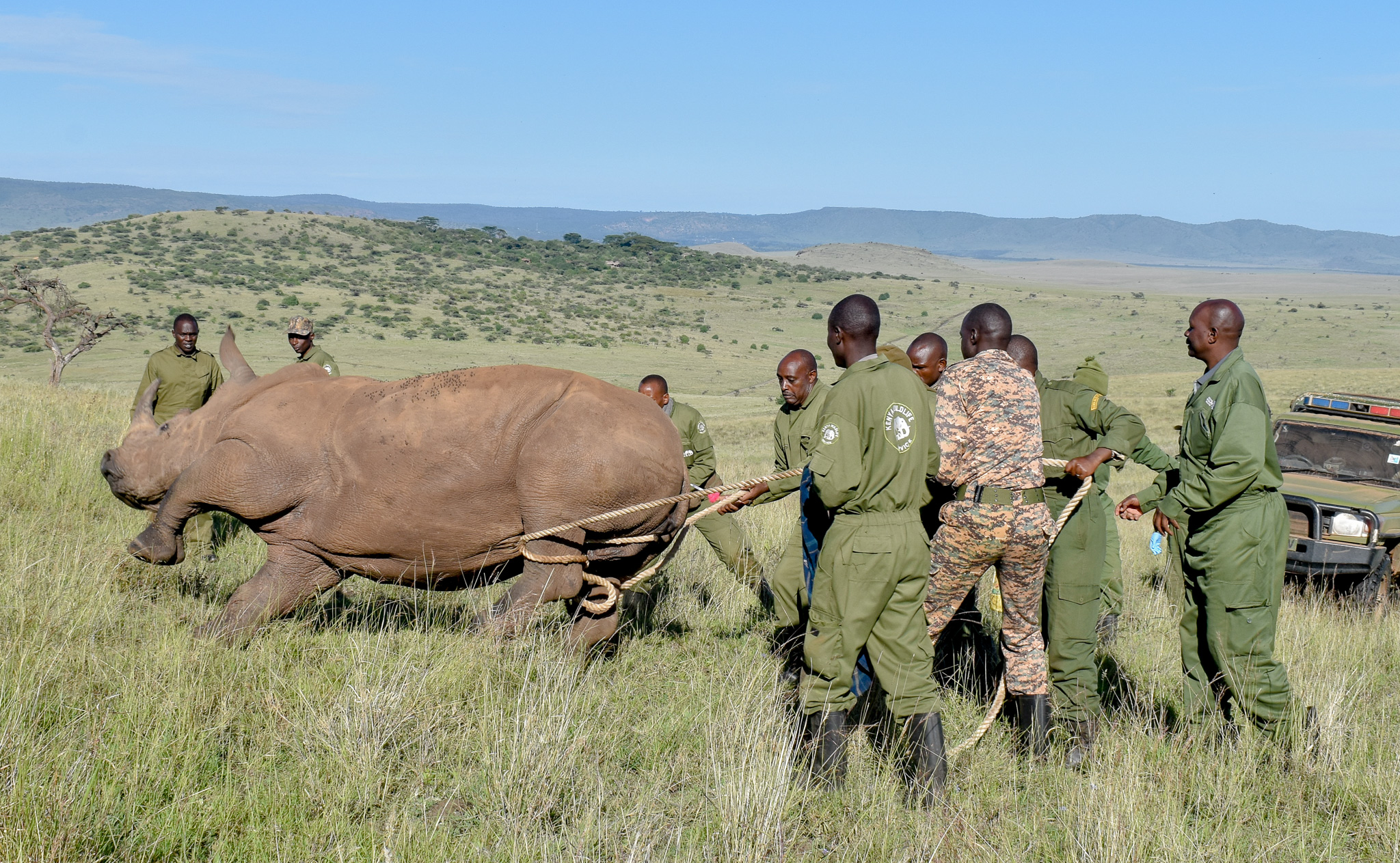
The Kenya Wildlife Service (KWS), in collaboration with Lewa and Borana Wildlife Service, has successfully completed a significant ear-notching and tracking operation of rhinos in the Lewa-Borana conservancy.
This crucial initiative is part of the National Rhino Conservation and Management Strategy, which aims to strengthen efforts to monitor and protect Kenya’s endangered rhino populations.
The operation involved the safe anaesthesia of both black and white rhinos and was conducted in strict adherence to the international standards recognised by the IUCN CCS African Rhino Specialist Group.
“GPS tracking devices were also fitted on some individuals to monitor movements, habitat use, and territorial patterns,” KWS said in a statement.
A total of 46 rhinos were ear-notched, with some fitted with tracking devices, enabling individual identification for easy monitoring and management during the exercise.
Additional biological samples were taken from animals for forensic analysis, genetic research and animal monitoring.
The samples collected will aid in knowing the rhino’s lineage and health; it will also help boost anti-poaching efforts through the creation of a DNA database for future reference.
KWS hailed the operation a success and reaffirmed its commitment to protecting one of the world’s iconic creatures from extinction.
The Lewa-Borana Landscape remains one of Kenya’s leading rhino sanctuaries, showcasing what joint efforts between government agencies and private conservancies can achieve in wildlife conservation.
The rhino ear-notching process involves immobilising a rhino and putting permanent, unique marks in the form of cuts on the rhino's ears and fitting transmitters in its horn.
During the exercise, various samples are collected for laboratory analysis, rhino DNA profiling and research on various aspects of rhino conservation.
KWS launched the ear-notching exercise in February this year as part of its conservation efforts in the Maasai Mara Conservancy, where 17 endangered black rhinos were ear-notched, with others being fitted with transmitters.
This initiative was conducted in collaboration with several key partners, including the Maasai Mara Conservancy, Wildlife Research Training Institute (WRTI) and 51 Degrees.
Others are The Sheldrick Wildlife Trust, Safari Collection, Asian Wildlife Foundation, The Footprint Foundation, and the Maasai Mara National Reserve, led by Chief Warden Stephen Minis.



